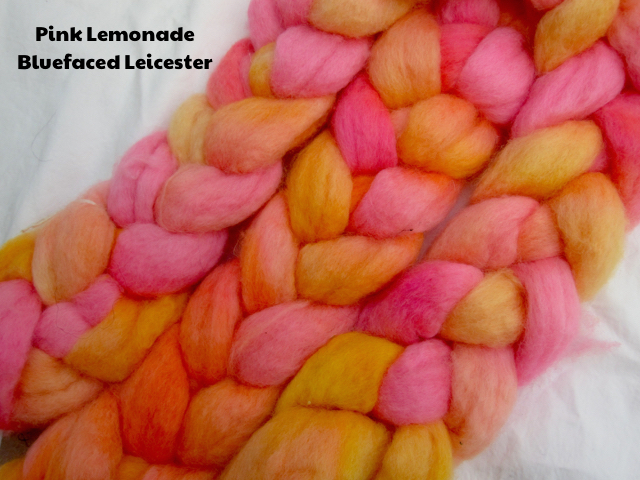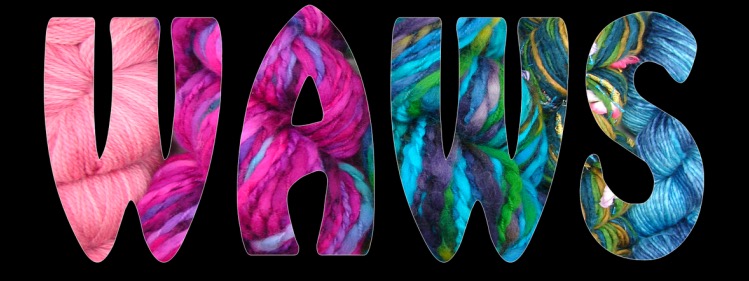Lab Goddess Fibre Club February 2016
As I was finalising the March shipment of the Fibre Club this morning, I realised that with all the hubbub of the last few weeks, I completely missed showing off the February club colourway - so here it is!
A Life Aquatic on Corriedale
When I dyed this fibre, it had been very grey for a very long time in London, and I was desperate for something blue! This colourway is inspired by Eugenie Clark, a world-renowned icthyologist (i.e. shark addict) who was one of the first marine biologists to use scuba diving as a major research tool.
In addition to her research, Clark was a bestselling writer who's first book, Lady with a Spear (1953), based on her Fulbright Scholarship experiences studying sharks on the Red Sea in Egypt, brought her to the attention of the wealthy Vanderbilt family, who built her a laboratory in southwestern Florida, where she continued to research sharks, with studies ranging from fish test tube babies to training sharks to press targets to shark repellents.
This colourway is a more abstract one, rather then inspired by a particular concept; its my interpretation of what the ocean must look like from underwater, looking upwards – bright shades of blues and greens, those tropical colours of the ocean under the shining sun.
February’s fibre is one that I recommend to any beginner spinner – Corriedale. The Corriedale sheep is a dual purpose breed, and is used for both meat and wool. It is the oldest of all the crossbred breeds, and is derived from Merino ewe and Lincoln ram crosses in New Zealand and Australia. The aim in crossing these breeds was to develop a sheep that would thrive in drier climates and produce longer stapled wool. The Corriedale is now raised all over the world.
Corriedale could best be described as “medium”. It has medium staple length, medium softness, and medium crimp. But it’s not a boring spin by any means, just very straightforward. It won’t take a lot of attention and won’t do anything tricky, so it’s the perfect fibre for some truly relaxing spinning.
If you'd like to join the Lab Goddess Fibre Club for April through June, slots are now open - we'd love to have you join us!



























